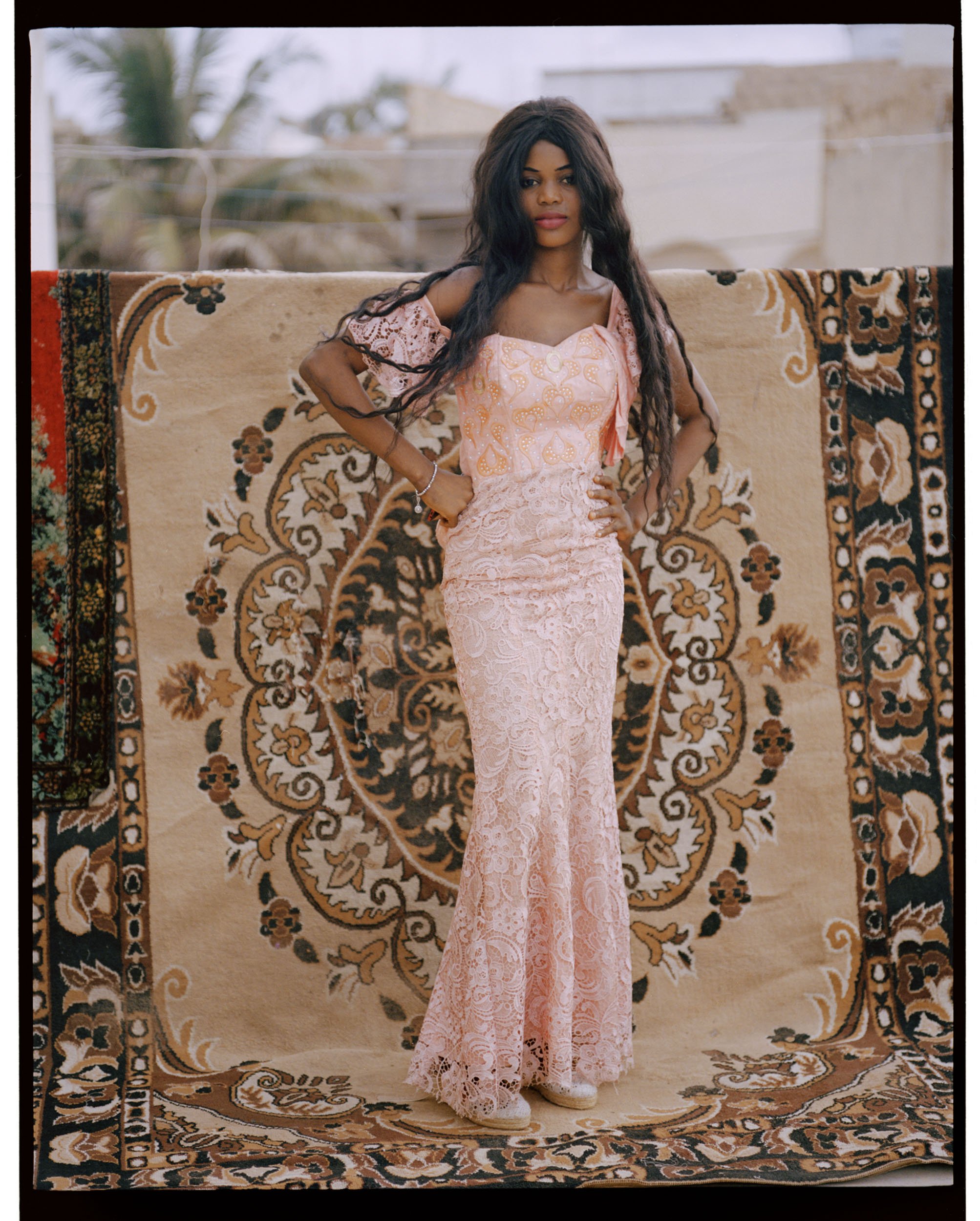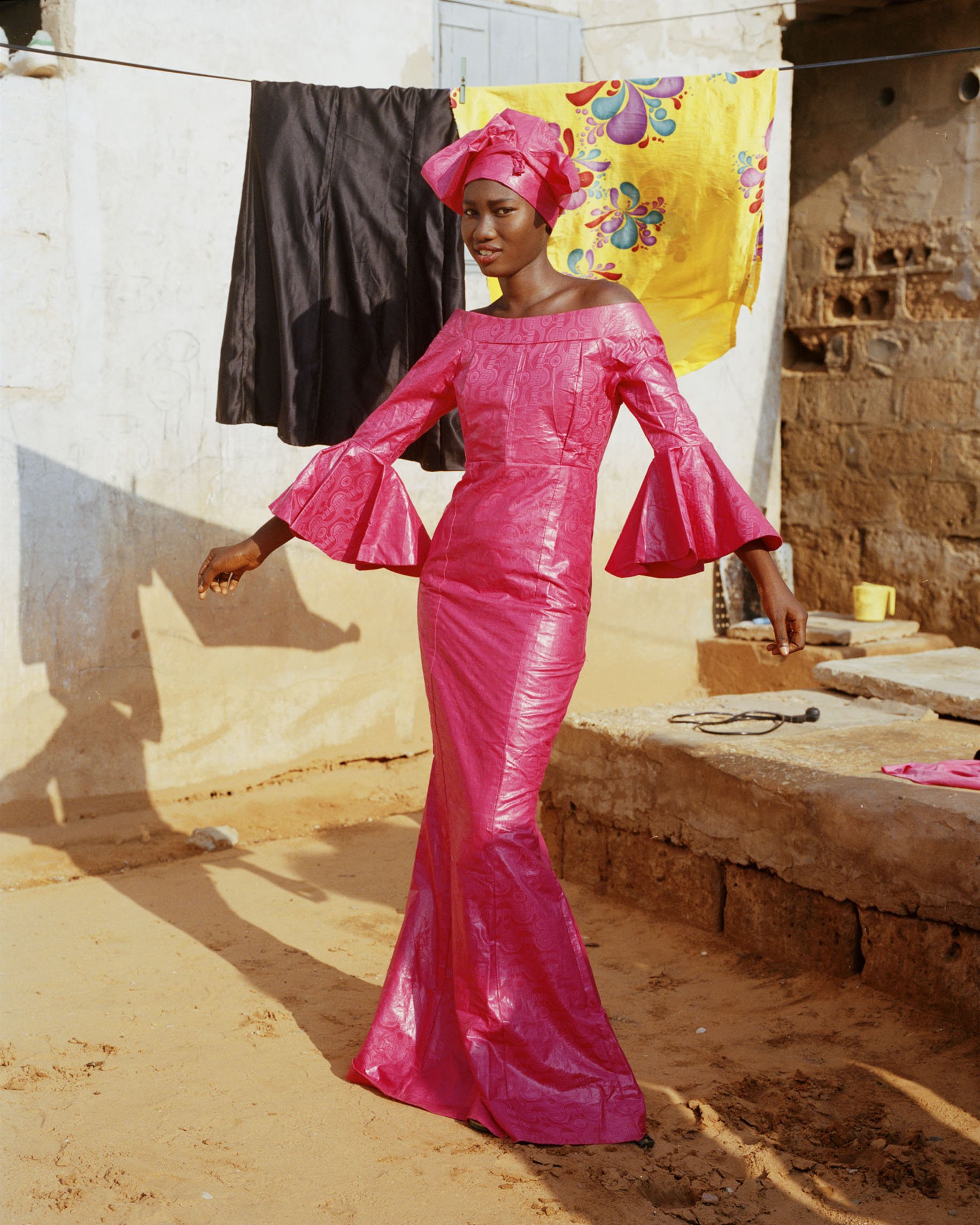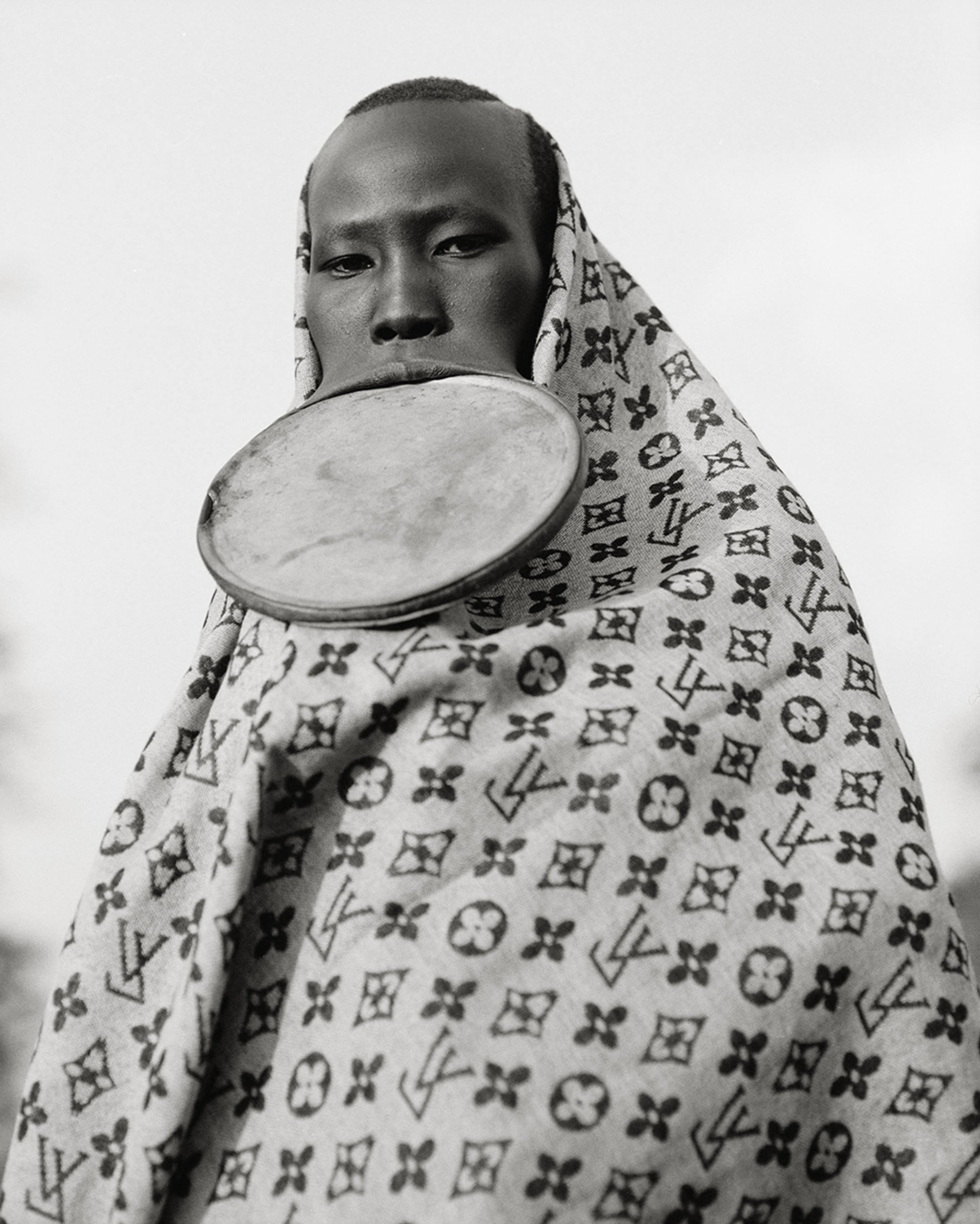Extinct
"Extinct" aims to highlight our quickly vanishing natural world. Just as photographs can fade over time, so many species on our planet are also permanently fading from view. The delicate chemical process of film photography I have chosen highlights the fragility of the medium as well as the state of existence of the species portrayed. Compositions bare the mark of their making. The edges of the frames are vanishing. Imperfections are left on view.
As analogue photography is replaced by digital, and as the natural world is confined and destroyed, we should be asking ourselves if we are changing the character of our own being. Our characters, strengths and fears, have been forged through time by other creatures and the environment. How will we find courage without the lion? Power without the elephant? The Past without physical evidence? Losing these, we lose a part of ourselves.
Will photographs be the only remaining testament of our primordial past or will we rise up to protect the fragile environment we all depend upon?
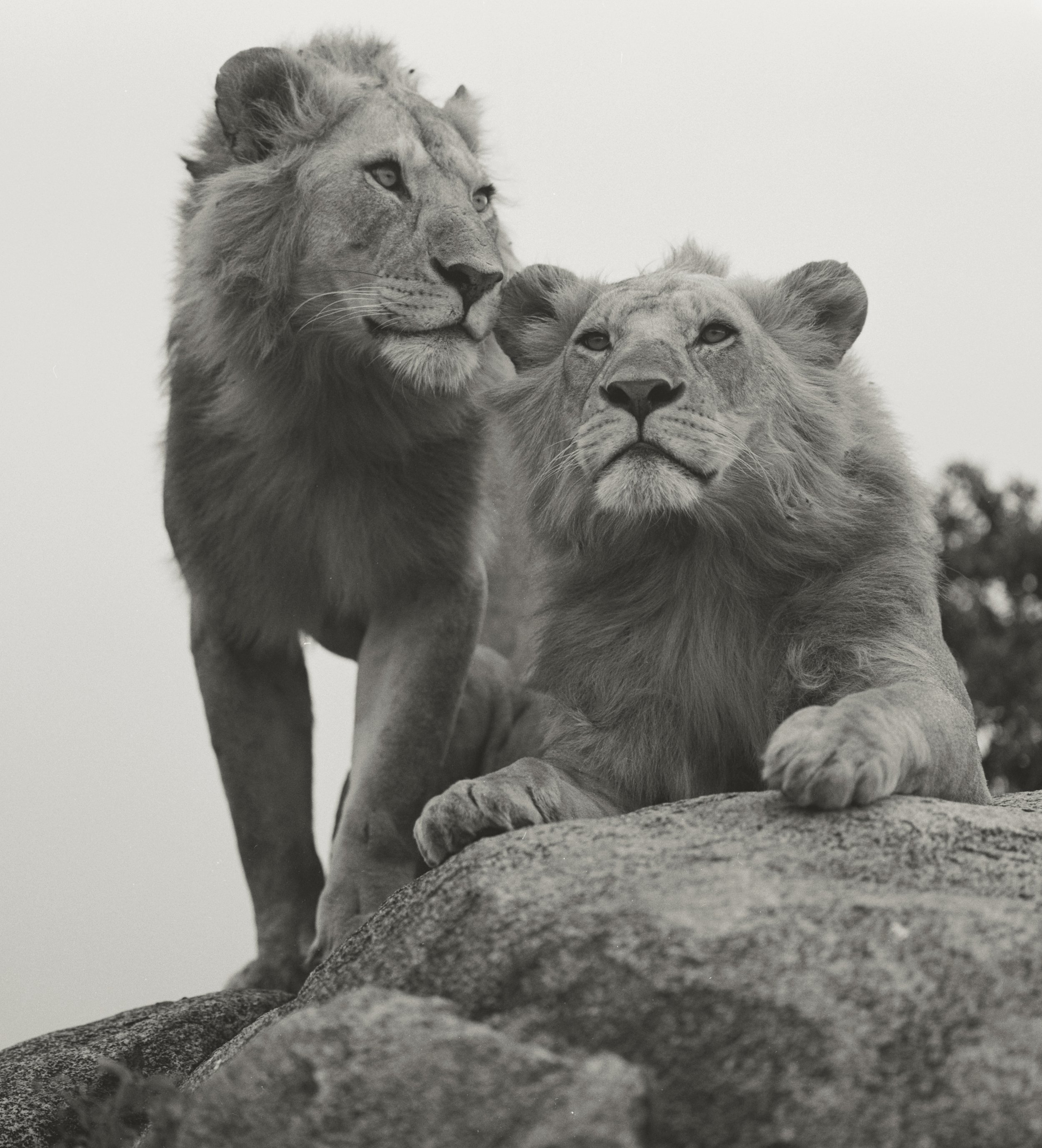






















Jane Goodall
Rome, 2nd March 2024
Dr. Jane Goodall's visit to Rome shortly after her 90th birthday was marked by a full schedule of events, all aimed at supporting JGI Italy's proposal to the Italian government for updated legislation on ape welfare. Her lifelong commitment to positive change shone through as she advocated for the best possible living conditions for captive apes. Upon her visit, she also met with hundreds of students participating in the Roots and Shoots program.
Her visit to the Rome zoo was captured in these images, showcasing her inspiring presence and the hope she brings. Jane’s efforts underscore a global effort towards securing a sustainable future for us all. Still today her words resonate deeply: "Only if we understand, can we care. Only if we care, we will help. Only if we help, we shall be saved."



The Anthropocene
What we leave behind
A plastic bottle folds over itself. The sand it rests upon makes way for its foreign shape. Water and wind carve voids and build dunes around the bottle, highlighting its presence. The futuristic object is in dialogue with the earth. I chose the beach to tell the story of the Anthropocene, a unit of geological time which only recently began. Here the elements are in constant motion. The waves crash against the shore, at times with violence others with tenderness. The wind writes its name thousands of times in the sand. In the current era, objects which never existed before interfere with the footprint of primordial forces. If life first appeared in our oceans, then the space between water and land was a point of departure for our species. I return to this ancient portal to find signs of our evolution: what we leave behind.










Rome
The skeletal remnants of Rome narrate the genesis of what is now recognized as "Western culture," influencing not only our alphabet and entertainment venues but also symbolizing deeper existential truths. The layering of constructions and the repurposing of matter in Rome's architecture engulf the observer in a tangible sense of history's relentless march. Rome's rise and fall serve as a poignant reminder of the ephemeral nature of our own existence and our finite understanding of it. Each year, tens of millions of tourists visit Rome, and though the attractions may differ for each, to be in Rome offers a unique chance to contemplate the essence of humanity. We photograph its monuments and ourselves against its wonders, both as keepsakes and expressions of a longing to align with something transcendent.
These photographs taken of Rome strive to encapsulate the core emotion of this iconic city, and the visits to its commercialized sites become a quest to convey a message vividly detailed yet obscured by enigma. A lifetime spent in Rome could never fully unveil all the historical intricacies that transpired within the city, and our knowledge of it will forever remain limited. The experience of being in Rome serves as an opportunity to connect our fleeting lives to its perpetual grandeur and question what it means to be human.




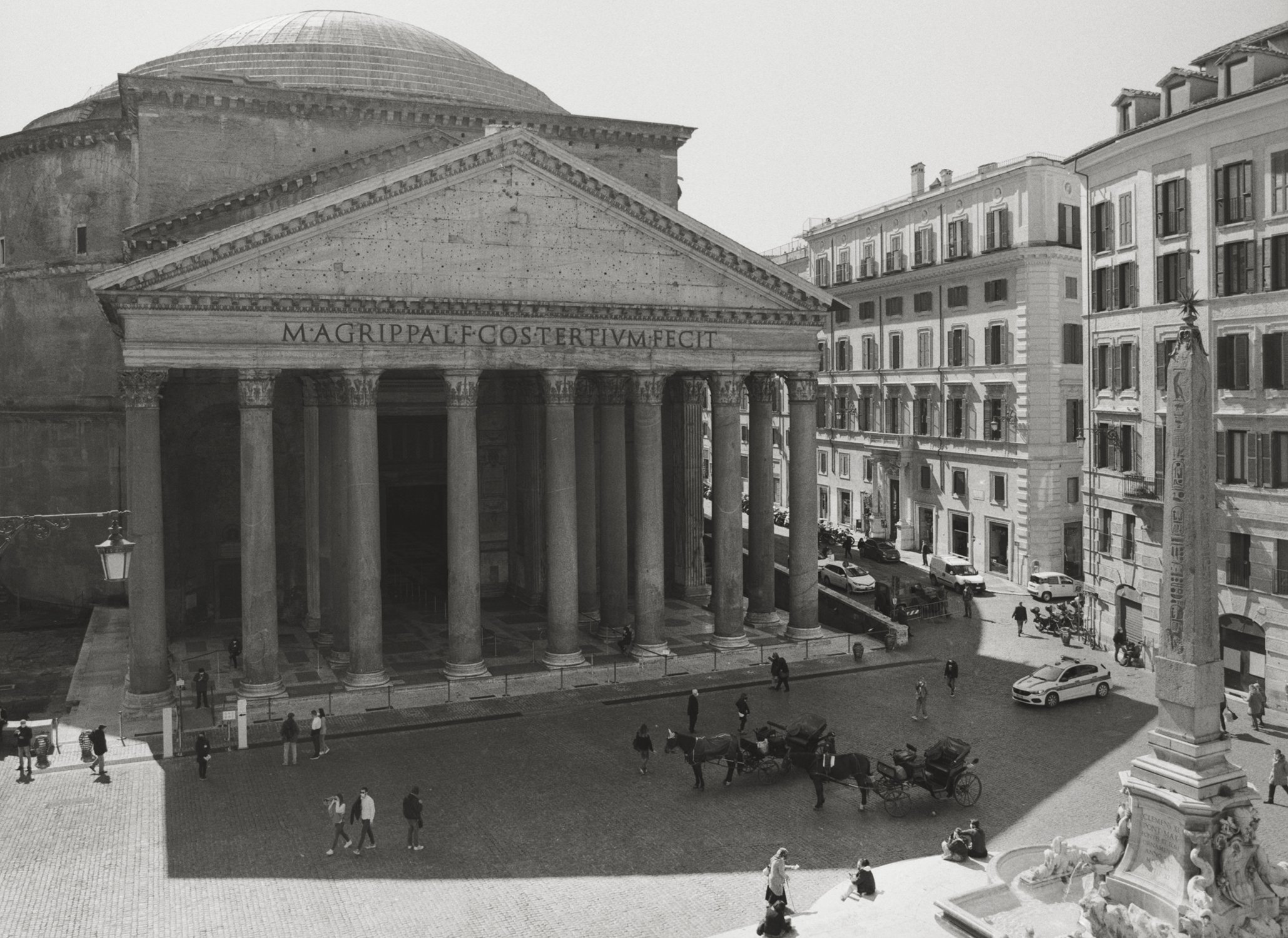











Heritage
What does it mean to return to a land which holds the history of one’s past? A place where ancestors built homes, worked fields, raised families? For those amongst us who know their family history a heritage allows for a special exploration of Self, both inner and outer. Each step into this landscape and every encounter is a movement towards oneself, a step into self-consciousness.
These images are a portrait in the form of a mosaic of my heritage. The streams, mountains, canyons, and forests set the scene where my ancestors lived. This geography is the mould in which their way of life was shaped. Here, the shepherds take sheep to pasture, through open fields and cool woodlands, to pools where they quench their thirst. This is also the land of wolves and foxes, boars and deer, predator and prey. Their activity is heightened at night, when human presence subsides. These two worlds, natural and human, live side by side sometimes in conflict but always in balance.
The town of Celano stands up on a hill, at the foot of Mount Tino. Its’ castle is the jewel and pride of its’ inhabitants. Like mushrooms on a tree the houses sprawl around the castle, cascading into the open valley of Fucino. The village streets at night gloom with an eerie artificial light, suspended in their peculiar dimension. From medieval pathways to modern roads, the blueprint of the town changes gradually, defying and yet describing the passage of time. These images are taken with a 5x4 view camera, often with slow exposures. In this way water passing over stones resembles sheep passing through forests.
Time and the constant flow of life are a reminder that we are all connected to our past and thus to each other.


















Branded
These visuals constitute integral components of an expansive, ongoing initiative centered on exploring the intricate interplay between symbols, brands, and culture within the realm of identity. Through the deliberate juxtaposition of symbols sourced from diverse corners of the globe within unfamiliar contexts, the potency of these symbols is laid bare, unveiling the nuanced characteristics that underpin cultural identities.







